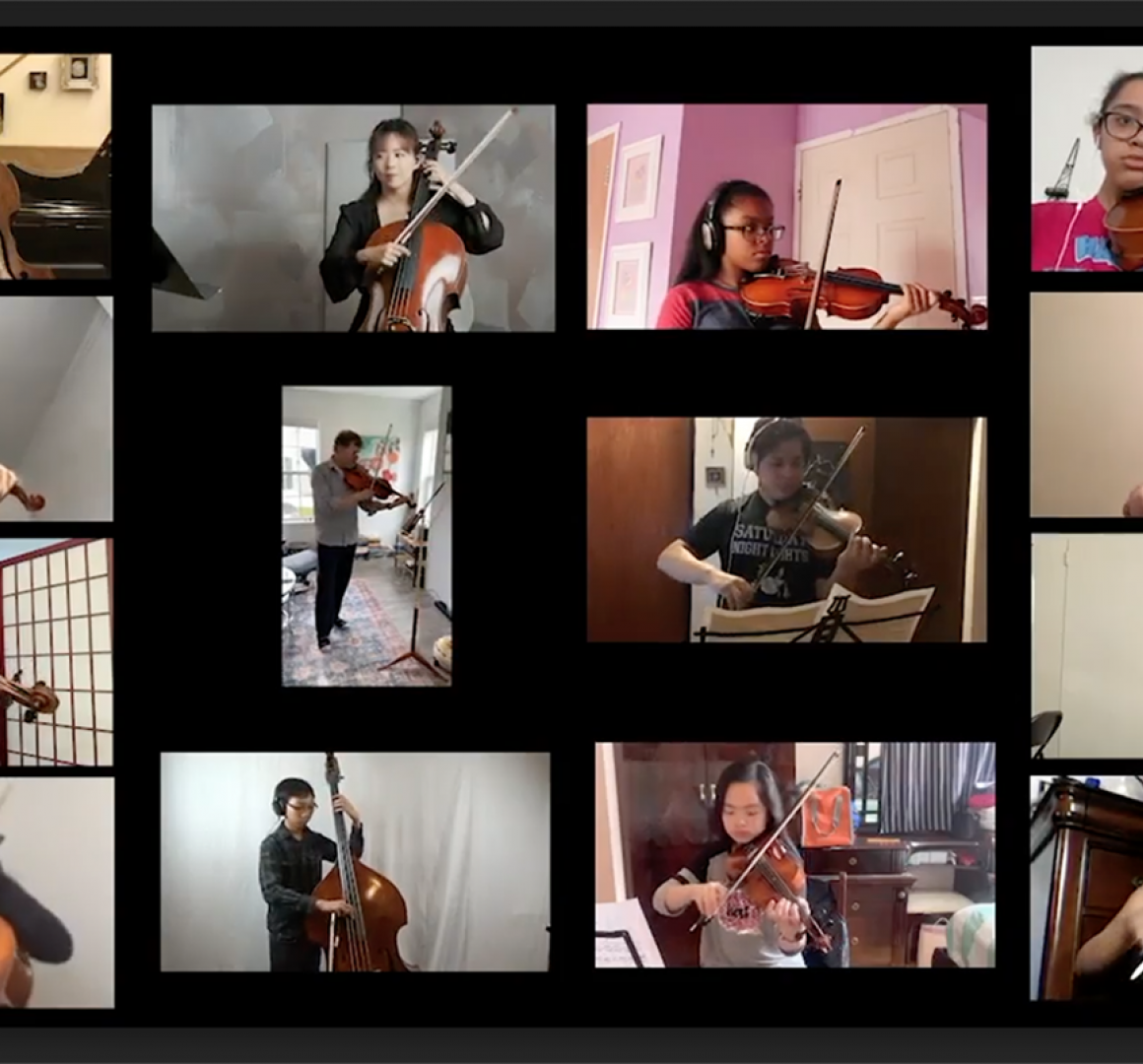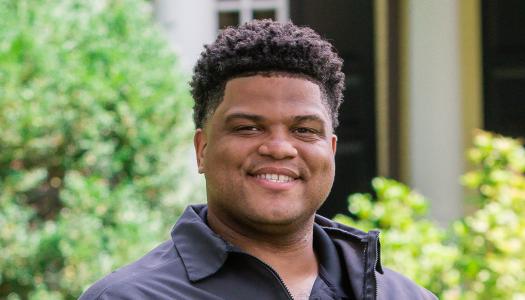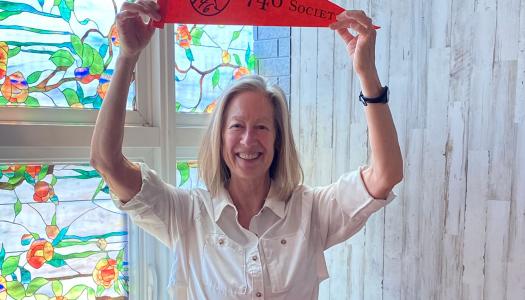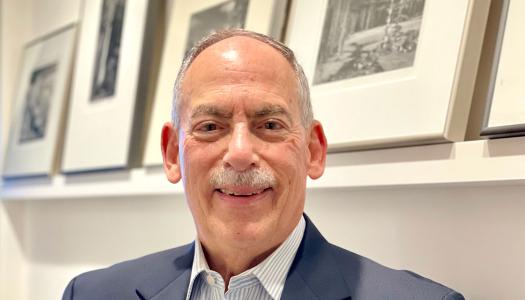Anne Fitzgibbon *98’s Music-Making Program Helps Keep Kids Composed

While sheltering in place due to the coronavirus pandemic, nine students from Anne Fitzgibbon *98’s Harmony Program, together with members of the New York Philharmonic, channeled their feelings into a musical creation.
“Transitioning,” which will premiere in June on Facebook Live, paired the nine young musicians with Philharmonic professionals and Harmony Program teaching artists three times a week, over six weeks, to compose the original piece.
“It’s a musical metaphor for what we’re going through,” Fitzgibbon said.
This is just one of the innovative ways the Harmony Program has continued its outreach during the pandemic. Fitzgibbon founded the organization to bring free intensive after-school music classes to underserved communities with limited access to instrumental music education. Before COVID-19, more than 300 students in 12 sites within four New York City boroughs learned from specially trained teachers. They were guided from beginner group instruction to orchestral performance, building life skills and community from a shared love of music.
With schools closed, the program has transitioned to remote-access learning. It provides lessons via a private YouTube channel and through Google classrooms. Harmony offers “office hours” to allow one-on-one engagement with teachers as well as with other students. Through partnerships with other arts organizations, there is free access to lessons in music theory and master classes from performers starting their careers.
“It’s a positive distraction,” Fitzgibbon said. But it has also been a major challenge.
The students enrolled in the Harmony Program, which is inspired by the Venezuelan National System of Youth and Children’s Orchestras, come from communities hit hardest by COVID-19. Some have individual computers, but others share a single computer with their entire family. These are children who come from challenging situations where music can be both compelling and comforting.
“The creative process helps them escape some of the daily stresses brought by the pandemic,” Fitzgibbon said.
But how much is the right amount of content and screen time — especially combined with online homework? This is a question Fitzgibbon and her team are trying to balance as they work to keep the program going. Their focus is not only on learning to play an instrument well, but on building support from that music-making: “Regardless of physical distancing, we want to remind our children that they are part of a community of musicians.”
That’s what the composition project helped provide. In Zoom conversations with students, 15-year-old cellist Jennifer told Fitzgibbon, “I was very inspired by this newfound sense of unity that we found in everybody since COVID-19 came around.”
And William, age 14, told her, “Cooperation and compromise were two of the things I learned a lot about because we’re able to work together, but also, at times, things we want might not coincide with what other people want. So I think sometimes it’s giving up things for the better of the piece, but we’re all able to have a general vision, which was really cool actually.”
Learn more about the Harmony Program through their website and YouTube channel.


